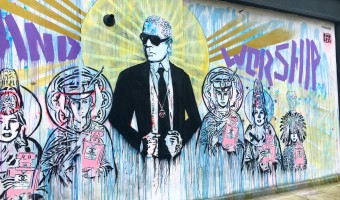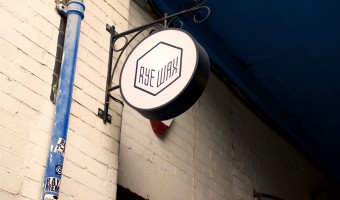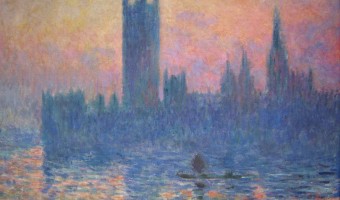Art imitating life imitating art
Brixton has a rich place in history. In the past, it has been regarded as an area with many social and economic problems. Additionally, during that time, there was growing tension between its residents, predominantly Afro-Caribbean, and the police – culminating in the Brixton riots, in April 1981. Up to five thousand people were involved. The event became a key point in Brixton’s history – in fact, the Brixton-based song ‘Electric Avenue’ was about the riots. The local Brixton council decided that something needed to be done to pacify the situation; as a result, they funded a series of murals, portraying both local and national politics within the community.
The murals were a voice for the voiceless. They say that a picture paints a thousand words; these were created by artists who had something to say. They wanted to fully replicate Brixton’s history: the problems its residents faced, the truth about its riots, and the future of the Brixton community. However, not all the murals have stood the test of time; many have not been preserved, some even destroyed to make way for London’s overall gentrification. In total, there are a suspected fifteen murals around (including the partially deconstructed) – the following are just a few that capture its essence.
Bellefields Road Murals
There are two murals featured here, both painted in 1987, the theme trying to show the community of Lambeth. Its colours are solid, without much shadows, to show a sense of this being an unfinished process. One mural symbolises the borough: for example, the bricks represent Brixton, whilst the swan is meant to portray Stockwell, a nearby town in the same borough. Altogether, it emphasises the differing areas uniting together to provide a safe area for the future generations.
The colours are nothing fancy: the second mural is largely painted with the primary colours. And yet, it shows a childlike wonder of what the future holds. Nowadays, the murals are relatively faded: they rest against a semi-detached house, facing a closed parking lot. Its attraction is often overlooked, namely due to the O2 Academy Brixton across the street.
People have remarked how it profoundly predicted its own demise: a once talked-about work of art, shadowed by the more recent Brixton glamour.
Brixton Railway Station
This mural is featured in the train station, and can be seen immediately as you exit off one of the platforms. What it shows is what Brixton is often known for: its street markets.
The painting features a whole range of diversity, from watermelon to brass instruments; from antique vases to salmon – there is no limit to what one can find in these markets.
Its cluttered nature reflects the chaotic atmosphere of the markets; depending on the time of day, the stalls may well be flooded with everyone trying to get the best finds, and it reflects the diversity of Brixton’s community.
Nuclear Dawn
This is perhaps the most famous of Brixton murals – due to its daring nature. It is an outright statement of what the future could hold. Painted by Brian Barnes and Dale McCrea in 1981, it features a large skeleton towering over London, whilst a nuclear bomb sets off in the horizon. Meanwhile, symbols of peace juxtapose with the overall façade, vague faces screaming in the smoke clouds.
This was painted during the peak of the Cold War with the USSR, and clearly shows the concerns of the artists and the people, regarding London’s future. Recently, trees have blocked most of the mural, along with some graffiti - painting over something that made people talk. It was bold enough for people to vocally express their fears and doubts; it made people want to actively change London’s future. It is well worth seeing before it disappears completely


David Bowie
This last one was not part of the commissioned murals, but, nevertheless is a significant one given recent times. Painted in 2013 by artist James Cochran, the mural is opposite Brixton Underground station, and shares the wall of a department store. It served as the epicentre for the grief when David Bowie, the Brixton-born singer, died in January. The shock on the day led to fans in their droves gathering around the mural and singing along with one another. Since then, the mural has received much attention. The work has been repainted many times, due to its spreading fame following his demise. People wrote touching notes on the mural to express how much his work meant to each of them which meant that the artist had to restore the work each time by repainting over the words.
To this day, people often still leave flowers by the mural, and it serves as a testament to the legacy he leaves behind. It has even been suggested that the mural may soon be permanently protected from any further alterations – it might even be locally listed in the fullness of time. Any messages directly on it will be transferred over to the council archives, whilst those surrounding the mural will be left intact. Although it did not serve as a reaction to the Brixton riots, it still serves as a reaction to London itself – it provided a sort of cohesion for the grief of the London public, and was that not what the murals aimed to do? Simply walk out of Brixton Underground station, cross the road, and you will see the mural in its glory.


The murals allowed artists to explicitly express their feelings, and the public to unite as one over their ideals. Nowadays, many people offer tours of these Brixton murals, and can offer a more in-depth appreciation of its significance. The murals capture Brixton’s later 20th century history, and show how far London has changed. Ultimately, art is subjective. That is its beauty – all that matters is how you feel or react to it. What do you think?
 The Brixton Murals
The Brixton Murals


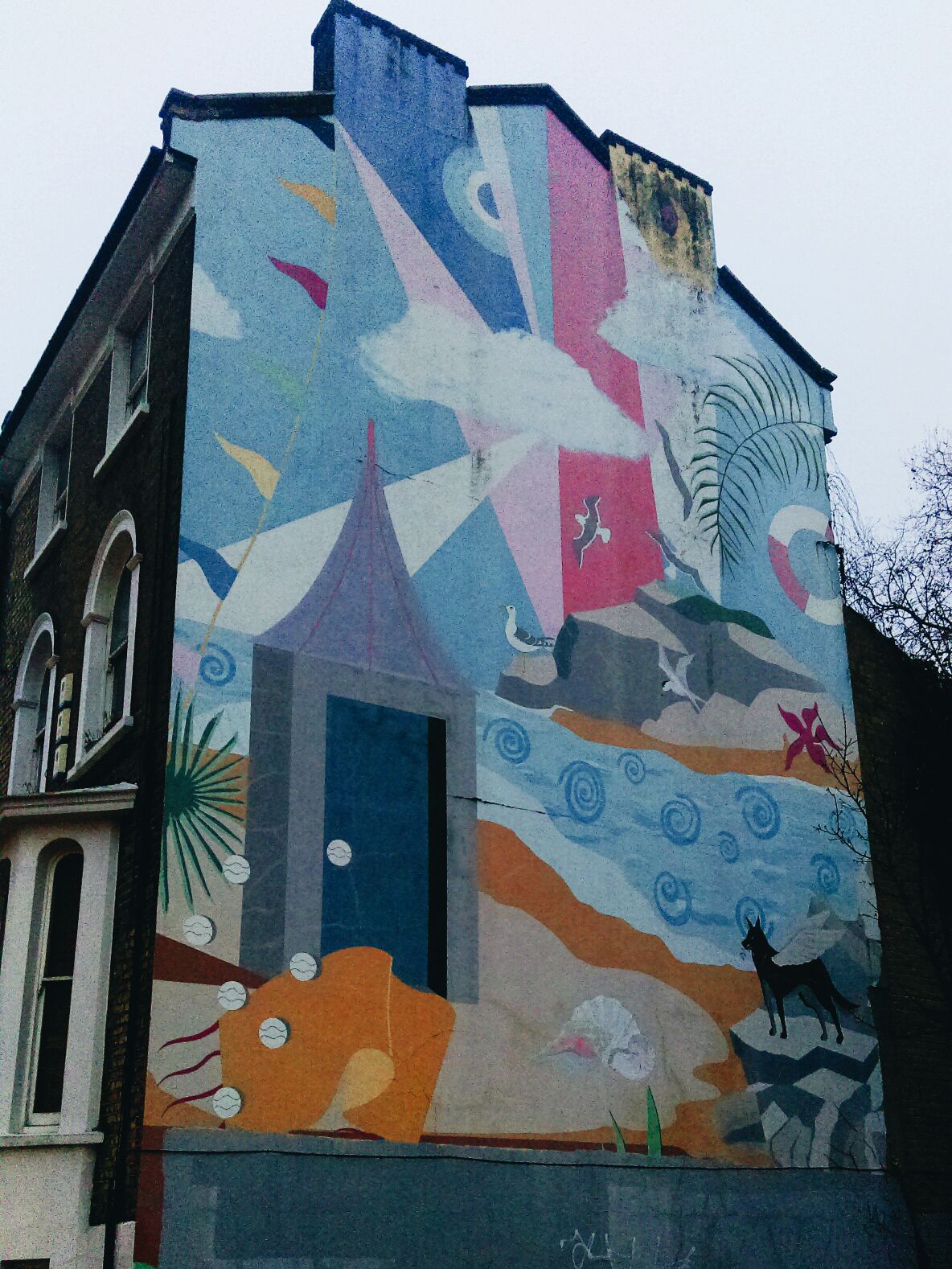
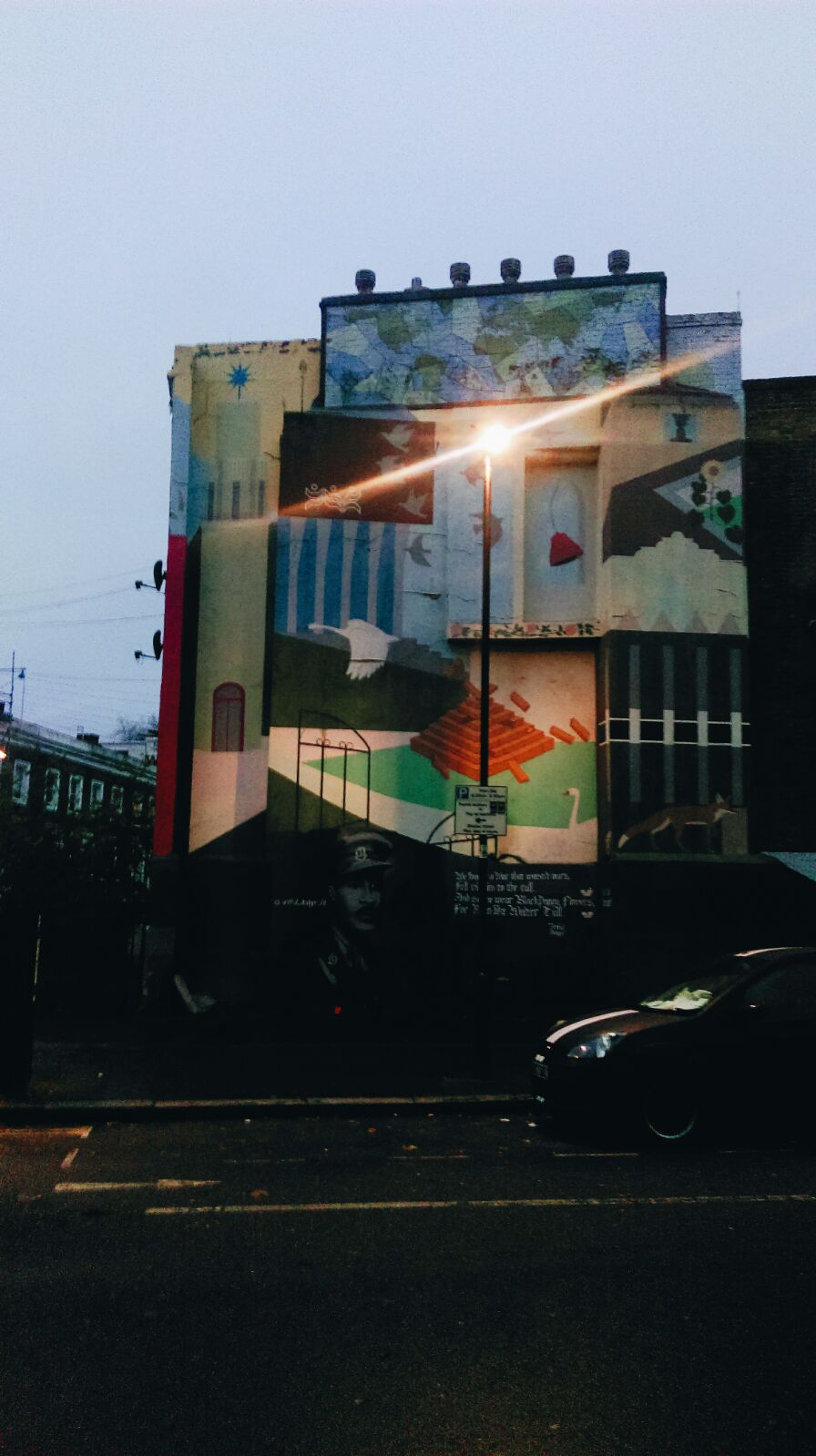
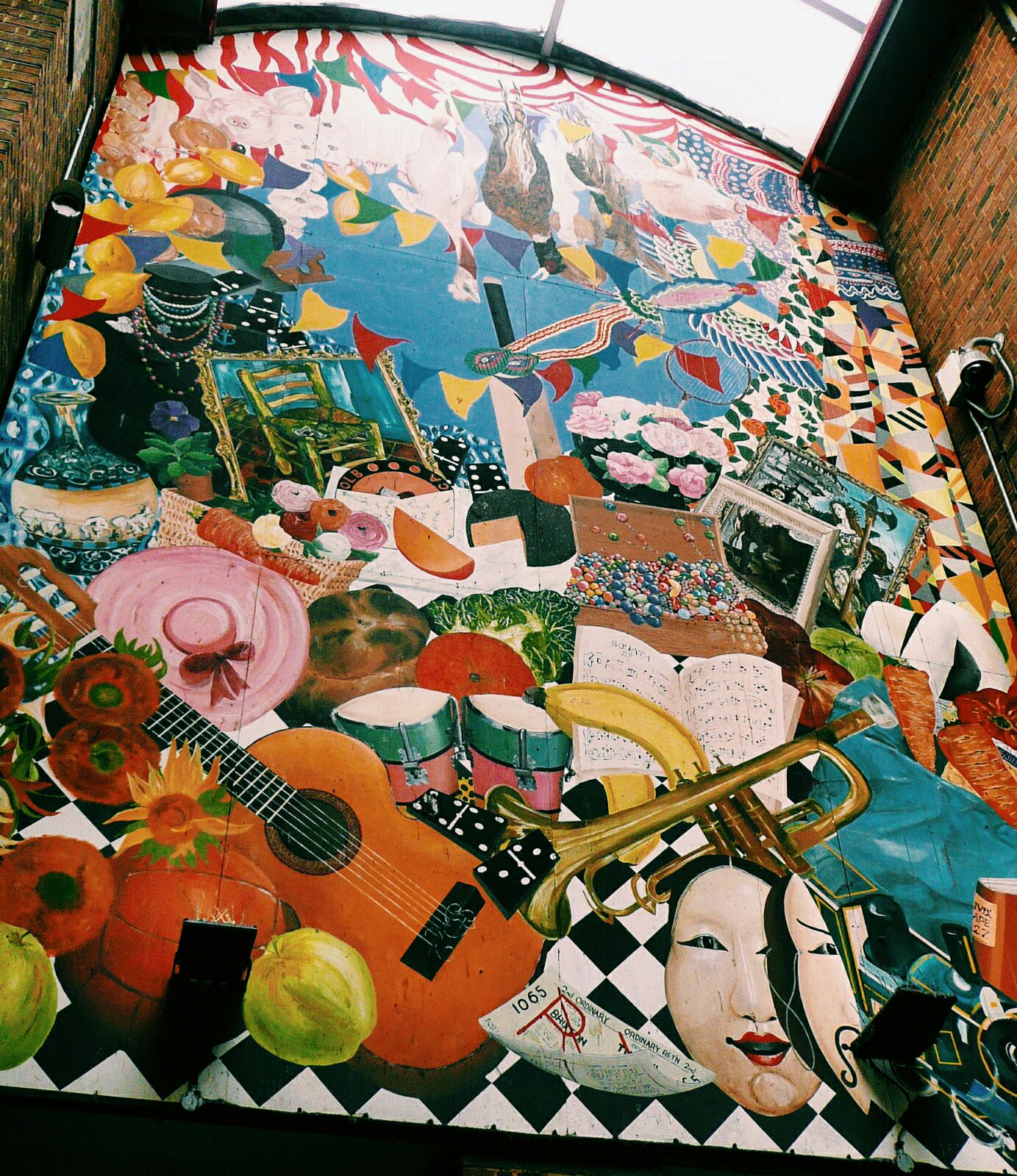
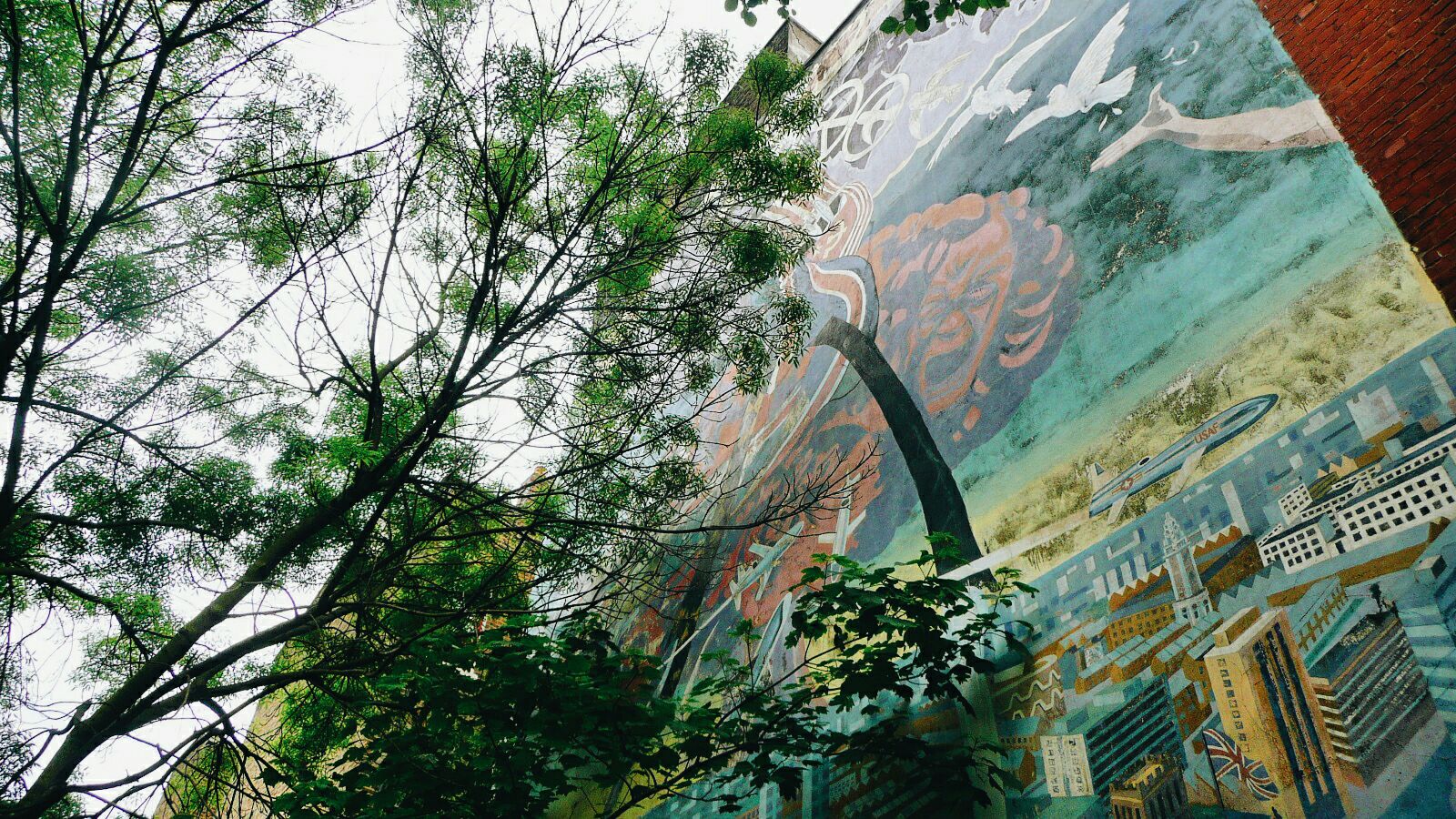
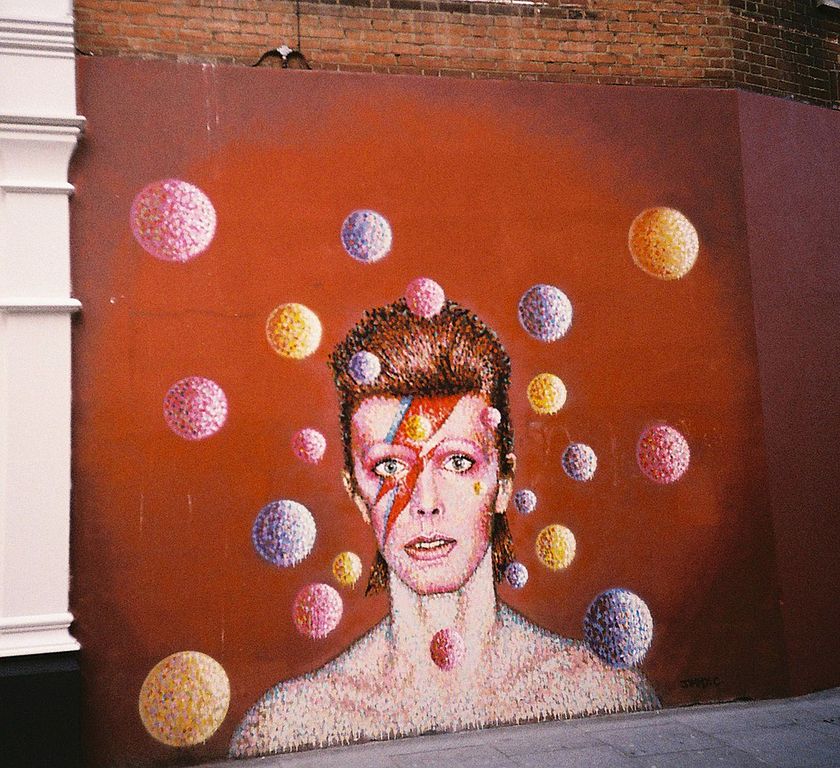
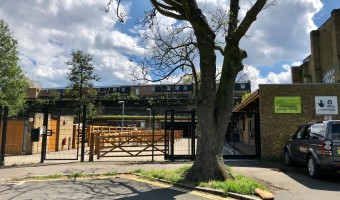

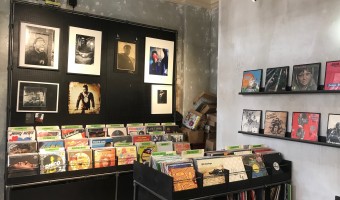
 Load more triptoids
Load more triptoids